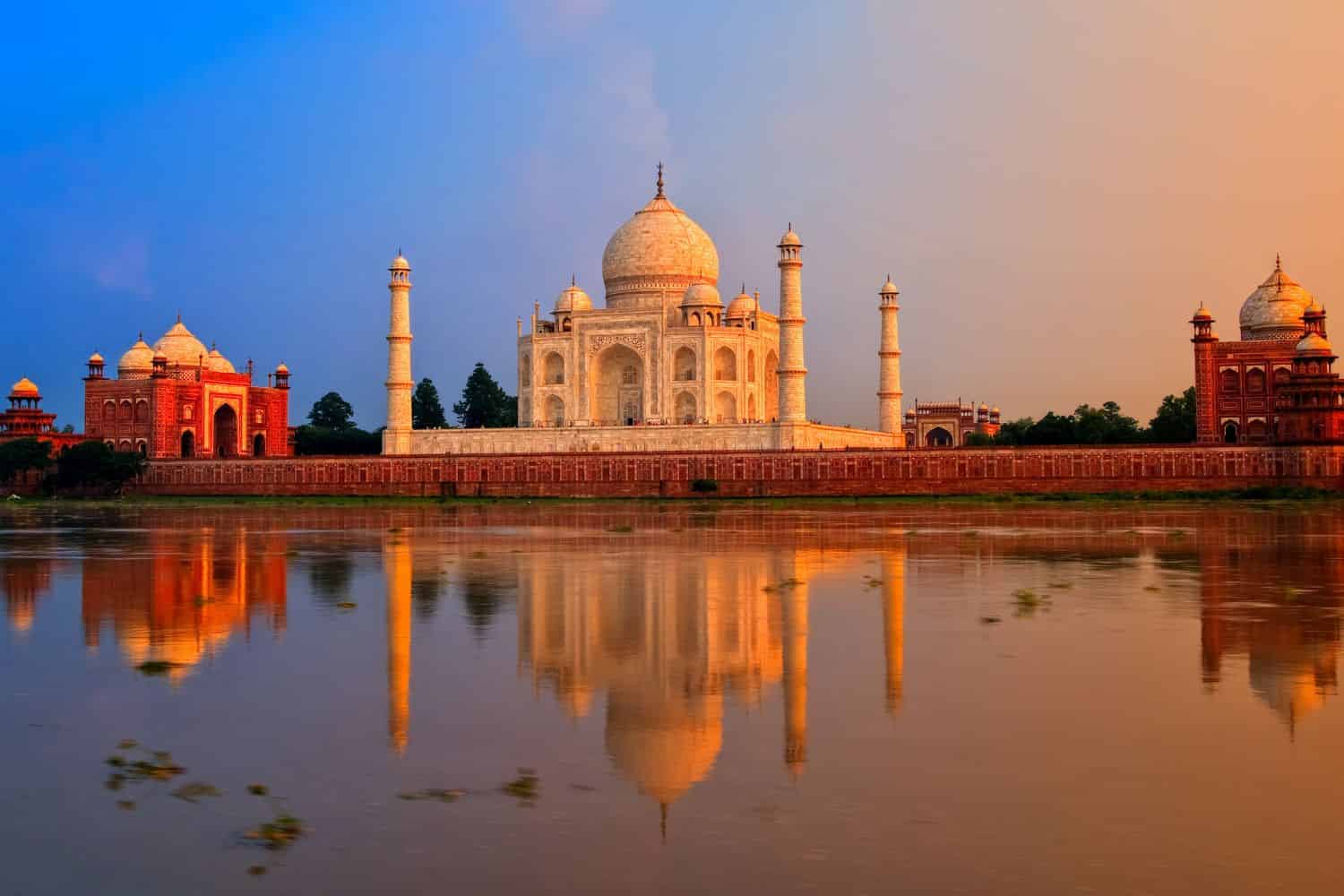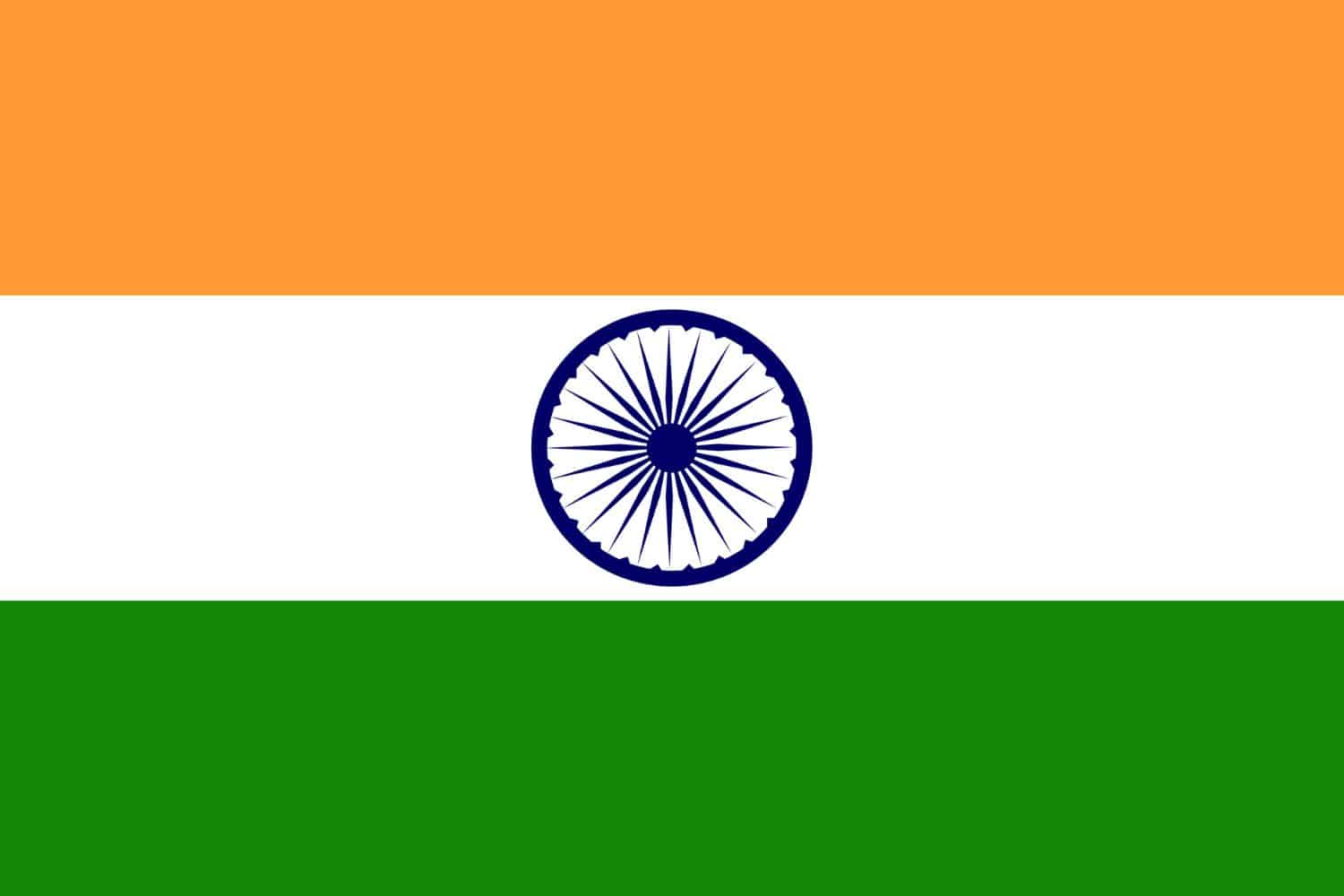Table of Contents
The geography of India is a captivating blend of diverse landscapes and historical significance. Situated in South Asia, this vast nation’s geographic location has played a pivotal role in shaping its history and cultural identity.
Nestled in South Asia, India geography beckons adventurous travelers with its sprawling mountain ranges, picturesque valleys, and ancient historical sites. From exploring the majestic Himalayas to uncovering the cultural tapestry of New Delhi, India’s diverse landscapes and rich history offer an unforgettable journey for intrepid tourists seeking a unique and enriching experience.
The physical geography of India paints a picture of awe-inspiring natural masterpieces. From the awe-inspiring cliffs of the Western Ghats, once home to ancient temples and lush forests, to the diverse ecosystems that cover the country, India stands as a testament to nature’s grandeur.
Top Geographic Features of India
- Himalayan Mountain Range: The towering Himalayan range spans across much of India, shaping its topography and influencing climate patterns.
- Ganges River: One of India’s major rivers, the Ganges, flows through the northern part of the country, providing crucial water resources for agriculture and irrigation.
- Nathu La Pass: This historic mountain pass in the Himalayas connects India with neighboring Tibet, China, and has been an important trade and cultural route throughout history.
- Thar Desert: Vast and arid desert region located in the northwestern part of India. It is characterized by its sandy landscapes, sand dunes, and occasional oases.
- Ellora Caves: Famous for its rock-cut temples and sculptures, the Ellora Caves hold significant historical and cultural importance.
- Western Ghats: The Western Ghats in southwestern India are known for their biodiversity and lush landscapes, featuring some of the highest peaks and dense forests in the region.
- Yamuna River: Another important river in India, the Yamuna River, flows through the northern part of the country and is vital for agriculture and water resources.
- Sundarbans Mangrove Forest: This unique mangrove forest in eastern India offers a stunning and ecologically significant natural wonder in India.
- Ajanta Caves: Located in the western part of India, these caves gained international recognition for their ancient Buddhist rock-cut cave temples.
- Lakshadweep Islands: A group of islands in the Arabian Sea, serving as a remote and geographically isolated region of India.
These geographic features play a crucial role in shaping India’s landscape, climate, and cultural history, making them essential elements in defining the country’s geography.
India Geography
Exploring the India National Geographic canvas reveals a stunning array of geographic features. From towering mountain ranges to arid deserts and lush valleys, the country offers a mesmerizing tapestry of natural wonders.
- Mountain Ranges – The Crown of Diversity: Similar to documentaries that often feature towering mountain ranges, India boasts the majestic Himalayas and the Western Ghats. These rugged peaks not only add to the country’s scenic beauty but also offer unique biodiversity and have shaped its cultural identity.
- Lakes – A Kaleidoscope of Colors: India’s Dal Lake in Kashmir, with its pristine waters and surrounding snow-capped mountains, resembles the picturesque landscapes captured in photographs. These crystal-clear lakes, surrounded by natural beauty, reflect the region’s geological richness.
- Deserts – Undulating Sands of Time: Just as desert features highlight vast sandscapes, India’s Thar Desert showcases undulating sand dunes and extreme temperatures. This arid region tells stories of resilience and adaptation in the face of nature’s challenges.
- Historical Sites – Unveiling the Past: India’s historical sites, like the Taj Mahal, evoke memories of explorations that uncover ancient civilizations. The architectural marvels and cultural heritage stand as a testament to the country’s rich history.
- Ethnic Diversity – A Cultural Melting Pot: Similar to the National Geographic focus on diverse cultures, India is a tapestry of ethnic groups, including Hindus, Muslims, Sikhs, Christians, and many others. Each group contributes unique traditions, languages, and customs, creating a vibrant cultural mosaic.
- Wildlife – A Sanctuary for Nature: India’s protected areas, such as the Sundarbans mangrove forest, mirror the coverage of wildlife conservation. These regions serve as crucial habitats for endangered species like the Bengal tiger and various bird species, preserving biodiversity in a challenging environment.
- Geological Marvels – A Natural Showcase: The country’s geological wonders, like the Ajanta and Ellora Caves, showcase India’s rich cultural and architectural heritage. Such structures demonstrate human ingenuity and artistic prowess throughout history.
- Remote Exploration – Uncharted Territories: The remote and isolated Andaman and Nicobar Islands beckon adventurers, much like quests into uncharted territories. These pristine islands offer a glimpse into untouched landscapes and ancient cultural connections.
India geographic features are marked by the dominating presence of the Himalayas, which include some of the world’s highest peaks, such as Mount Everest. These majestic mountains create a breathtaking backdrop for the nation’s diverse topography. The historic Silk Road, an ancient trade route, once traversed through these formidable mountains, connecting India with the civilizations of Central Asia.
Flowing gracefully through the Indian terrain are the life-giving rivers of the Ganges and the Brahmaputra, vital for agriculture and irrigation. Additionally, the vast Thar Desert in the western part of the country adds to India’s unique geography.
India Geographic Location
India geographic location is of immense strategic significance, playing a pivotal role throughout history. Positioned at the crossroads of various trade routes, India has facilitated the exchange of goods, ideas, and cultures between the East and West, leaving an indelible mark on its historical importance.
Borders of India
India shares its borders with several neighboring countries, each with its own unique geography. Here is India’s physical geography with its neighboring countries and the approximate total length of each border:
- Pakistan: The border between India and Pakistan is approximately 3,323 kilometers long, making it one of the longest international borders in the world.
- China: India shares a border with China that stretches approximately 3,488 kilometers, encompassing various terrains, including the Himalayan region.
- Nepal: The border between India and Nepal is approximately 1,751 kilometers long, with both countries enjoying a close cultural and historical relationship.
- Bhutan: India’s border with Bhutan spans approximately 699 kilometers, reflecting the strong ties and cooperation between the two nations.
- Bangladesh: The border between India and Bangladesh is approximately 4,096 kilometers long, with the two countries sharing a complex riverine boundary.
- Myanmar: India shares a border of approximately 1,643 kilometers with Myanmar, fostering trade and cultural interactions.
| India Neighboring Country | Border Length (Approximate) |
|---|---|
| Pakistan | 3,323 kilometers |
| China | 3,488 kilometers |
| Nepal | 1,751 kilometers |
| Bhutan | 699 kilometers |
| Bangladesh | 4,096 kilometers |
| Myanmar | 1,643 kilometers |
These international borders define India’s connections to different regions and contribute to the country’s geopolitical significance as a key player in South Asia and Southeast Asia, with extensive boundaries with neighboring countries.
Geography of Delhi India
As the capital city of India, Delhi is a captivating microcosm of the country’s human geography. Here, various ethnic groups, including Punjabis, Bengalis, Gujaratis, and Tamils, coexist, contributing to the city’s vibrant cultural tapestry.
Delhi, the capital city of India
- City of Contrasts: Delhi is known for its stark contrasts, where modern developments coexist with traditional neighborhoods, creating a unique blend of old and new.
- Yamuna River: The Yamuna River flows through the city, providing water for irrigation and contributing to the city’s agriculture.
- Delhi’s Elevation: The city is located at a relatively low elevation, approximately 216 meters (709 feet) above sea level, surrounded by the Aravalli Range to the south.
- Green Spaces: Delhi is home to several beautiful gardens and parks, including the Lodi Gardens and Nehru Park, offering a serene escape amidst the bustling city.
- Delhi’s Historical Significance: With a history dating back over 2,000 years, Delhi has witnessed various empires and played a pivotal role in ancient trade routes.
- Diverse Architecture: The city showcases a diverse architectural heritage, reflecting influences from Mughal, British colonial, and modern styles.
- Aravalli Hills: To the south of Delhi, the Aravalli Hills provide a scenic backdrop, especially during the monsoon season when they turn lush green.
- Red Fort: The historic Red Fort, a UNESCO World Heritage Site, is an iconic symbol of Delhi’s rich history and cultural significance.
- Delhi’s Economy: The city serves as India’s economic and cultural center, attracting people from all over the country seeking opportunities and education.
- Population Growth: Delhi has experienced rapid population growth, with a significant influx of people from various states, leading to urbanization and infrastructure challenges.
Historical Geographical Importance of India
Throughout the ages, India’s geographical significance has made it a sought-after stage for historical drama. As empires rose and fell, from the Mauryas to the Mughals and the British, India’s geographic position played a pivotal role in shaping the world’s history.
- Strategic Crossroads: India geographic location at the crossroads of South Asia, Southeast Asia, and the Middle East has made it a strategic point for trade, cultural exchange, and military conquests throughout history.
- Ancient Trade Routes: The ancient Silk Road and other trade routes passed through India, connecting the East and West, and facilitating the exchange of goods, ideas, and cultures.
- Alexander the Great’s Conquests: India was a key battleground during Alexander the Great’s conquests in the 4th century BCE, as he sought to expand his empire eastward.
- The Great Game: During the 19th century, India became a focal point of the Great Game, a geopolitical rivalry between the British Empire and the Russian Empire for control over Central Asia.
- British-Indian Wars: India geographic location played a significant role in various conflicts, including wars between the British Empire and various Indian states.
- Influence of Persian Empires: India had interactions with various Persian empires, including the Achaemenids, Parthians, and Sassanians, shaping its culture and history.
- Conquests of Genghis Khan and the Mongols: The Mongol invasions of the 13th century had a profound impact on India’s history, leaving lasting cultural and political legacies.
- Mughal Dynasty: The Mughal dynasty, known for its cultural richness, ruled over India and left a significant architectural and artistic heritage.
- The Great Wall of India: The ancient Great Wall of India, known for its fortifications, was constructed to protect various Indian kingdoms and territories.
- Influence of Islam: India geographic location at the crossroads of empires also made it a key center for the spread of Islam, influencing its culture, art, and architecture.
The geographical position of India is a kaleidoscope of beauty and historical importance. With its diverse landscapes, ancient trade routes, and rich cultural heritage, this subcontinent continues to capture the world’s imagination. Despite challenges, India remains a compelling destination for travelers and explorers, drawn to its tapestry of natural wonders and historical intrigue.
In conclusion, India’s geographical significance has made it a stage for historical drama, with various empires and civilizations vying for control and leaving their mark on the region’s history. Its strategic position has shaped the world’s historical events and continues to play a pivotal role in the geopolitics of the region today.




